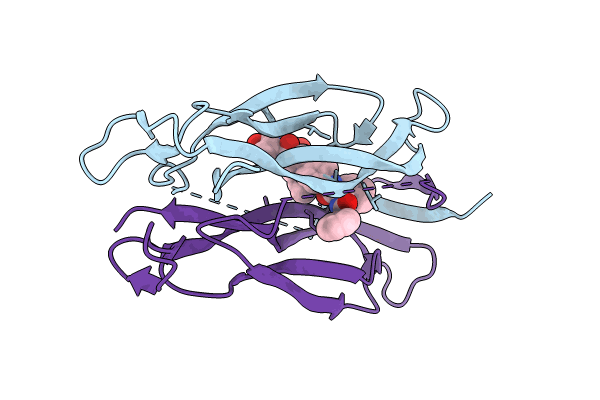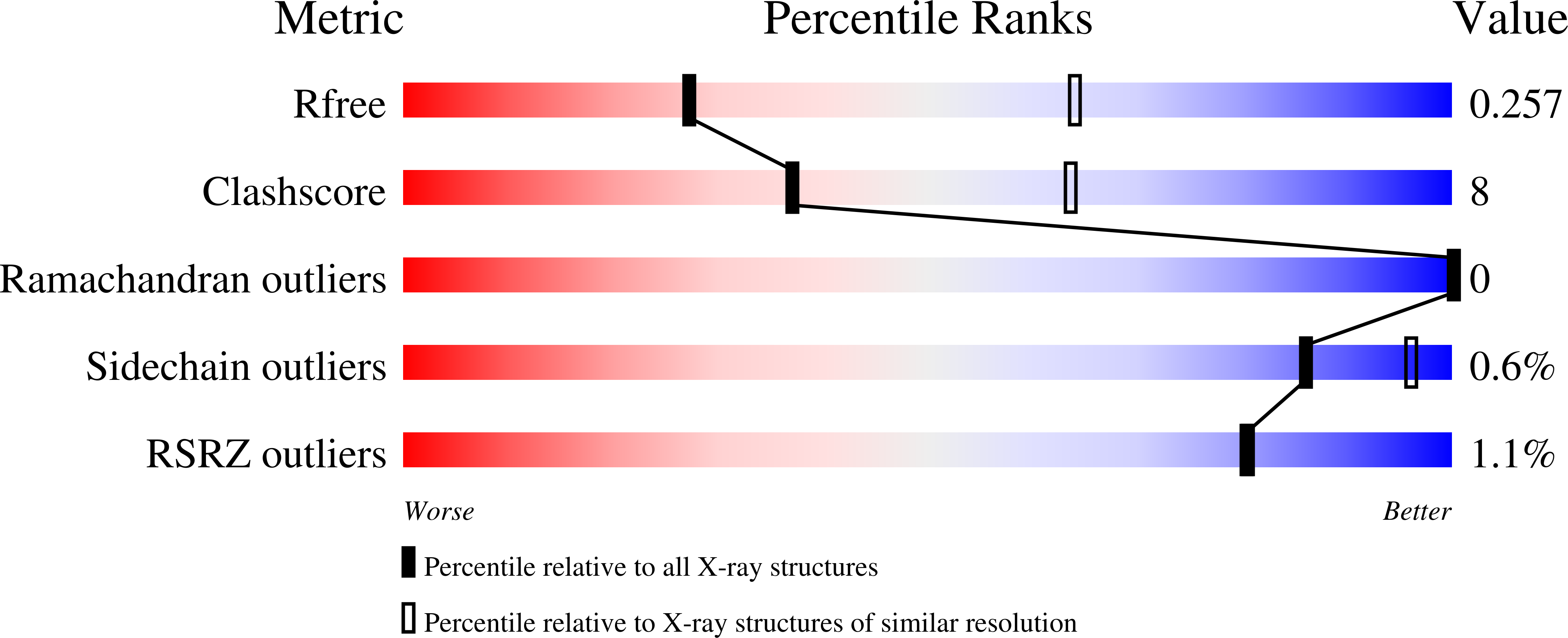
Deposition Date
2023-01-30
Release Date
2023-12-06
Last Version Date
2024-10-16
Entry Detail
PDB ID:
8CDG
Keywords:
Title:
Crystal structure of human IL-17A cytokine in complex with macrocycle
Biological Source:
Source Organism:
Homo sapiens (Taxon ID: 9606)
Host Organism:
Method Details:
Experimental Method:
Resolution:
2.90 Å
R-Value Free:
0.25
R-Value Work:
0.23
R-Value Observed:
0.23
Space Group:
C 2 2 21


